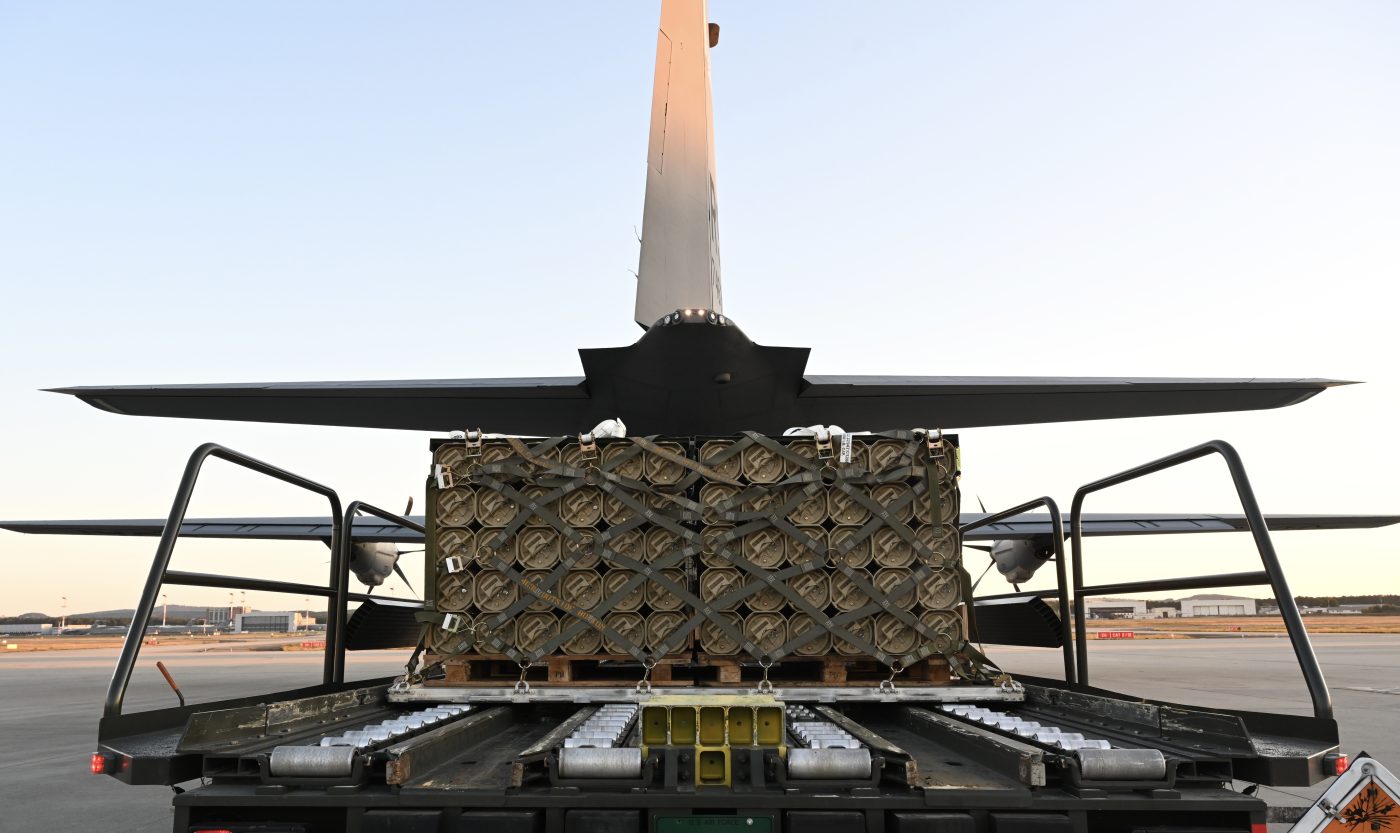As Vladimir Putin’s invasion of Ukraine becomes more problematic and dangerous, talk of the use of nuclear weapons inevitably suggests comparisons with the Cuban Missile Crisis of 1962. But, assuming we can avoid a repeat of that terrifying moment, the more appropriate comparison right now might be with the Berlin blockade and airlift of 1948.
In June 1948, in response to measures taken by Western powers in their zones of defeated Germany, the Soviet Union blockaded all road, canal, and railroad traffic into the divided city of Berlin. It was a bold attempt to end the Western presence in the German capital and with it, influence over the country’s fate.
Faced with the prospect of a military confrontation with the much larger Red Army, the US instead worked with Great Britain and France to mount a heroic supply mission for a city of more than two million people. More than 5,000 tons a day of food, medicine, and clothing were provided by air along with enough coal to allow the city’s inhabitants to survive the winter.
With the aircraft of the era, planners weren’t even sure transporting such quantities was possible. And it was risky, with planes landing at the rate of one every three minutes, day and night. More than 100 American and British pilots and civilians lost their lives in the operation. It lasted more than a year, involving nearly 300,000 flights and 2.3 million tons of supplies, but was a logistical and political success. It secured a free West Berlin throughout the Cold War and underscored the US commitment to Europe.
Like Germany in 1948, Ukraine is not formally an ally. And as then, it is civilians who are targeted and who are suffering. The areas recently liberated by Ukrainian forces lack food, energy, medicine, and virtually all other staples of life. The missile attacks on energy and other civilian targets across Ukraine are aimed at crippling the country’s ability to provide basic human needs for its citizens. That was the pressure point of the Berlin blockade.
All historical analogies are flawed to some extent and Ukraine is, of course, not Berlin. For one thing, the scale of need is much greater. Some eight million Ukrainians are displaced internally and nearly 16 million need aid. Facing an ever-widening scope of destruction, the population in danger now stretches across an area roughly the size of Texas.
But the capabilities of the US and its European allies are also formidable, as the provision of arms and ammunition has shown. Together the US and its European NATO allies have sent nearly $100bn in aid of all types since the war began. US military aid is nearly three times official humanitarian aid, while financial aid (loans, grants) from the European Union (EU) and others is almost equal to that provided by the US.
The amount of humanitarian aid to civilians is tiny compared to other forms of assistance, but does not need to be. Private organizations have been involved since the beginning but their heroic efforts (roughly $1.6bn) cannot match the financial muscle of the world’s richest countries. Resupplying Ukraine is not beyond the capacity of the EU, the world’s largest trading bloc.
The same allies who are already finding ways to get war material and crucial ammunition into the country could together implement a “Ukraine Resupply”, akin to the Berlin airlift but not necessarily conducted only by air. Logistically, NATO has bases in Romania and Poland, nearby in the Baltic states and Turkey, as well as Germany, Italy, and Great Britain, as well as considerable experience providing aid by road and rail.
Like the airlift to Berlin, resupplying a civilian population is not an aggressive military move — certainly less so than resupplying weapons and ammunition. It poses no direct military threat to Russia or its forces inside Ukraine. But it does directly support the besieged population’s determination to blunt Russia’s most frightening weapon: the threat to people’s lives even far from the front.
A civilian resupply mission to Ukraine is also politically sustainable. It could include those NATO allies who so far have been hesitant to send arms, like Hungary, or who have tried to walk a strategic line between their allies and Russia, like Turkey. It even complements Ankara’s efforts to keep open grain supply lines.
For the US and its European allies, a multinational “Ukraine Resupply” has both real and symbolic power. It would shift a big part of the struggle to a field in which the West has a clear advantage: wealth and logistical capabilities. It is a mission that Ukraine’s allies could, in principle, pay for and keep in operation as long as necessary. Such a coordinated action would send a heartening signal to Ukraine’s people at a critical moment. It would, at the same time, make clear to its enemies that this is a dimension and a timeline on which they are unlikely to prevail.
Ronald H. Linden is a Professor Emeritus of Political Science at the University of Pittsburgh, where he served as Director of Russian and East European Studies and Director of European Studies. During 1989-1991 he served as Director of Research for Radio Free Europe. Recent publications include ‘Is Moldova Next? Brigadoon in a Tough Neighborhood’, The National Interest, May 22, 2022;
“No Limits? China, Russia, and Ukraine”, with Emilia Zankina, Eurozine, May 4, 2022.
Europe’s Edge is CEPA’s online journal covering critical topics on the foreign policy docket across Europe and North America. All opinions are those of the author and do not necessarily represent the position or views of the institutions they represent or the Center for European Policy Analysis.





